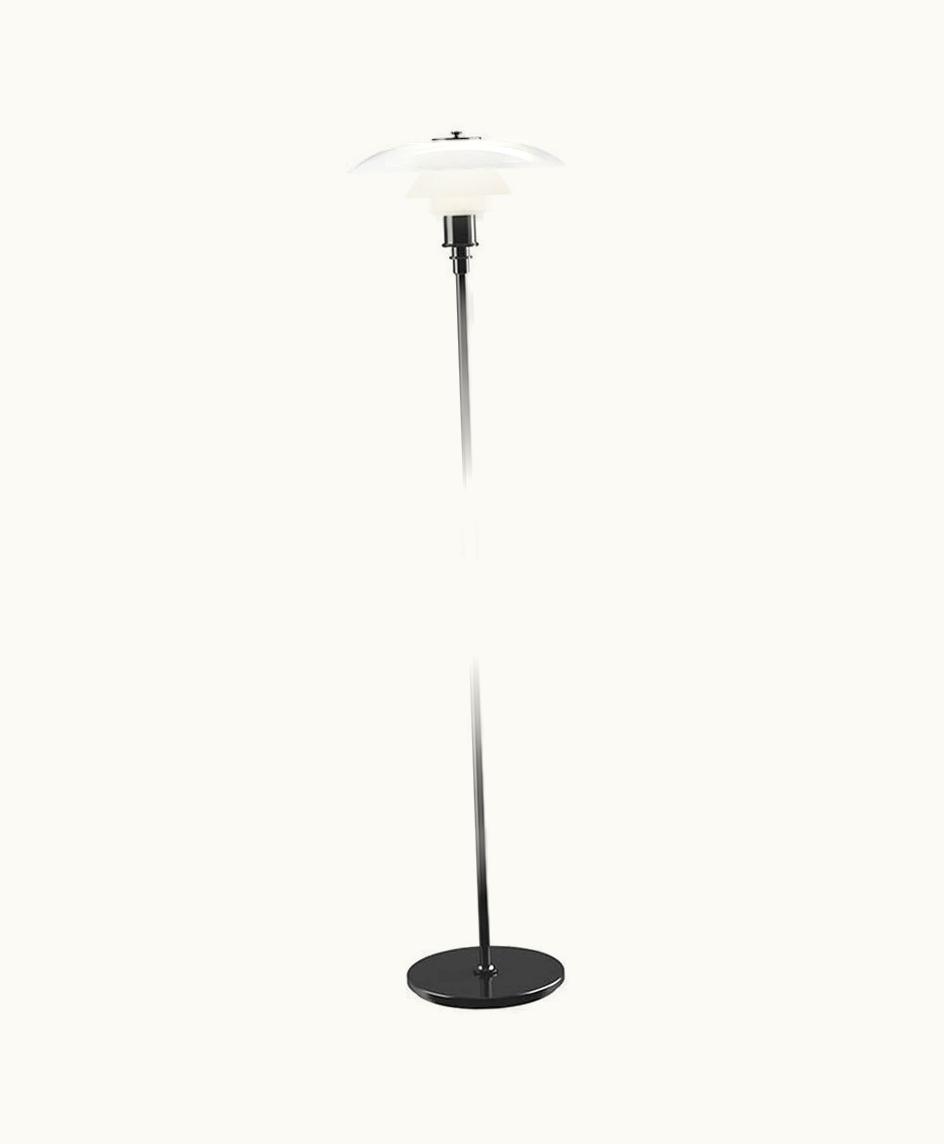Share:
0
💎INVESTMENT PIECEINVEST

The below picture is for illustration and reference purposes only.For illustration purposes only.
Product Details
Retail Price:--
Buy Now:--
Year:2021
GLINT Product Ref:GL0202677
Brand Product Ref:--
Product Description
The light fixture has been conceptualized with the reflective three-shade system as its fundamental principle, which essentially channels the majority of the light downwards. The three-layered, handblown opal glass illuminant comprises a glossy top and sandblasted matte bottom, ensuring that the light distribution is soothing and softly diffused. The visionary Poul Henningsen established this three-shade system during the years 1925-26, with the earliest lights being created for a Parisian exhibition. Henningsen collaboratively worked with Louis Poulsen till his demise in 1967. Throughout his life, Henningsen tirelessly strove to fashion glare-free lighting that would direct light where it was most required and produce gentle shadows, using incandescent bulbs as the light source. The 3Ω-2Ω Floor light is part of the lauded three-shade family and, of the 19 versions available to date, is one. Over the years, approximately one thousand variants have been created, including table lamps, wall lights, floor lamps and even diverse kinds of chandeliers that gained popularity in the 1930s for lighting up homes that boasted high ceilings. An array of shades assembled in different dimensions and colors delivered the desired effect, including diffuse, warm or cold light. While metal shades with a painted undersurface were the earliest forms used, later on, glass shades took over, imbuing the illuminant with room-filling lustre. Henningsen was the first one to undertake an empirical and scientific approach to the concept of light, with the logarithmic spiral serving as the fundamental basis for his designs. By crafting shades that were logarithmic spirals, he ensured that light distribution was smooth and even, with the diffuse reflection through the glass systematically keeping glare and shadows under check. The distance from the light source made each shade responsible for decreasing the light intensity by the same measure. Corresponding model numbers were allotted according to shade size, and for each top shade, there were matching sets of middle and lower shades. In the simplest versions like 2/2, the top shade was about 20 cm, and lower shades corresponded to it. PH 3Ω-2Ω Floor has a top shade that's roughly 35 cm wide, accompanied by lower shades. The hybrid models made their appearance as pendant lamps installed at lower heights, and the three-shade system came in useful for creating floor, table and wall lamps too. PH 3Ω-2Ω Floor, in its current form, was launched in 2002, and it was a resounding success.
Additional Product Details
Inches (L x W x H)6 x 4 x 2
Centimeters (L x W x H)15 x 10 x 5
Weight (in pounds)0.175
GLINT Expert Verified
GLINT Verified is our own designation and means that we inspect every item, every time.
GLINT Buyer Protection
Learn more →Dispute Resolution
We help resolve issues quickly and fairly.
Authenticity Guarantee
Every item is verified for authenticity.
Secured Payments
Your payment is held until the item is verified.
All Sellers Are Verified
We verify each seller to ensure trust and safety.
Have Questions?
Get instant answers from our AI assistant
Quick questions:
💡 Ask about pricing, authenticity, availability, condition, or anything else about this product
Payment options
Guaranteed safe & secure checkout powered by Stripe
